
Envision a vast, open area ready for your creative touch.
You can cultivate a stunning vegetable garden, bringing joy and providing delicious, homegrown produce.
Transform your garden into a living artwork, filled with captivating sights and experiences.
Utilize specialized containers known as raised beds for growing your vegetables, or employ towering trellis systems to support upward plant growth.
This will give your garden a fantastic and enjoyable atmosphere.
Begin designing your ideal garden now, turning it into a unique space for play and food cultivation.

Raised bed gardens present a visually attractive and functional approach to growing vegetables. Their neatly defined plots can be customized to fit various design preferences. Constructed from materials like wood, stone, or composites, they introduce texture and dimension to the garden. This style encourages imaginative layouts and simple upkeep.
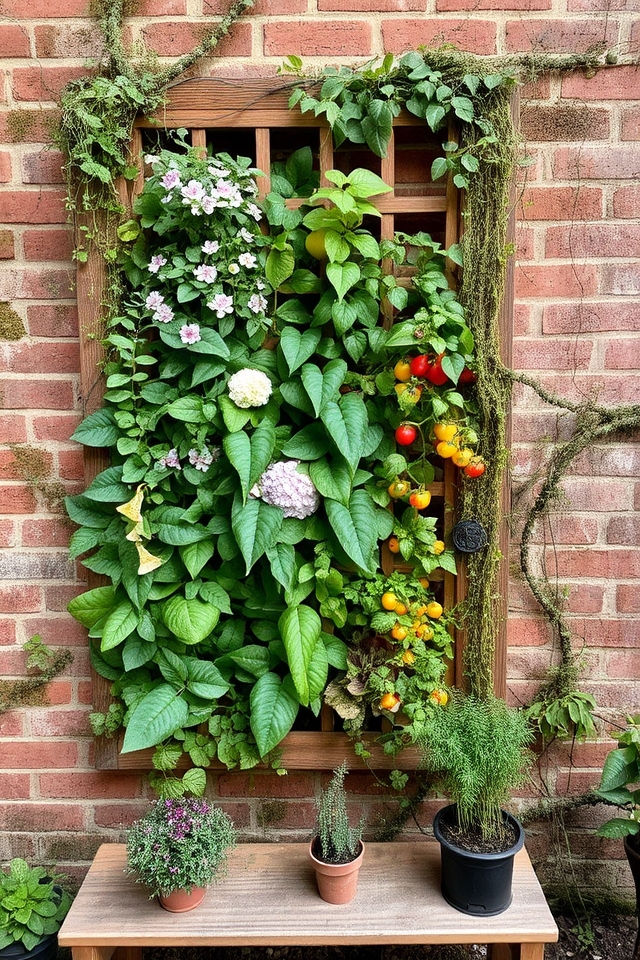
Vertical gardening optimizes space by training plants to grow upward using trellises, arbors, or wall-mounted structures. This method allows a wide variety of plants to flourish in compact areas, adding visual appeal and texture. It also supports healthy root development and can provide shade to walls, reducing heat and creating a distinctive visual element.

Garden pathways enhance the visual charm and practicality of a vegetable garden. Constructed from materials like brick, stone, or gravel, they help delineate different garden zones. Well-planned pathways also simplify garden navigation and maintenance, minimizing soil compaction and preventing plant damage.
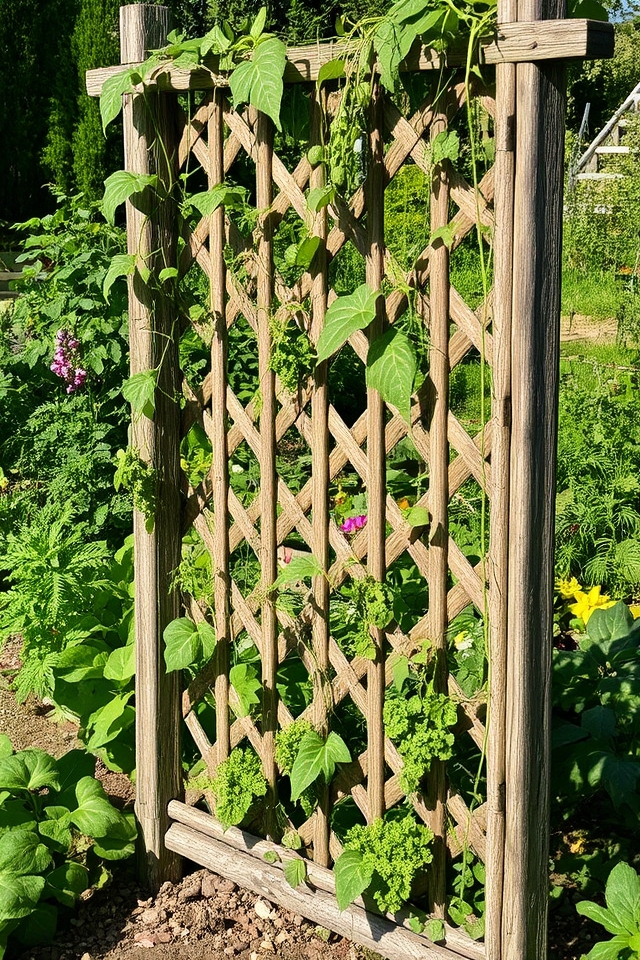
Trellis systems offer structural support for climbing plants, enhancing the visual appeal of vegetable gardens. They can be crafted from materials like wood or metal and are available in various designs, from basic arbors to elaborate latticework, improving the garden’s overall aesthetic.

Colorful planters introduce a lively element to vegetable gardens, boosting their aesthetic value. Available in a spectrum of colors and designs, they allow gardeners to personalize their space. Brightly colored planters can also draw attention to specific plants or garden areas, creating an engaging and visually stimulating outdoor environment.
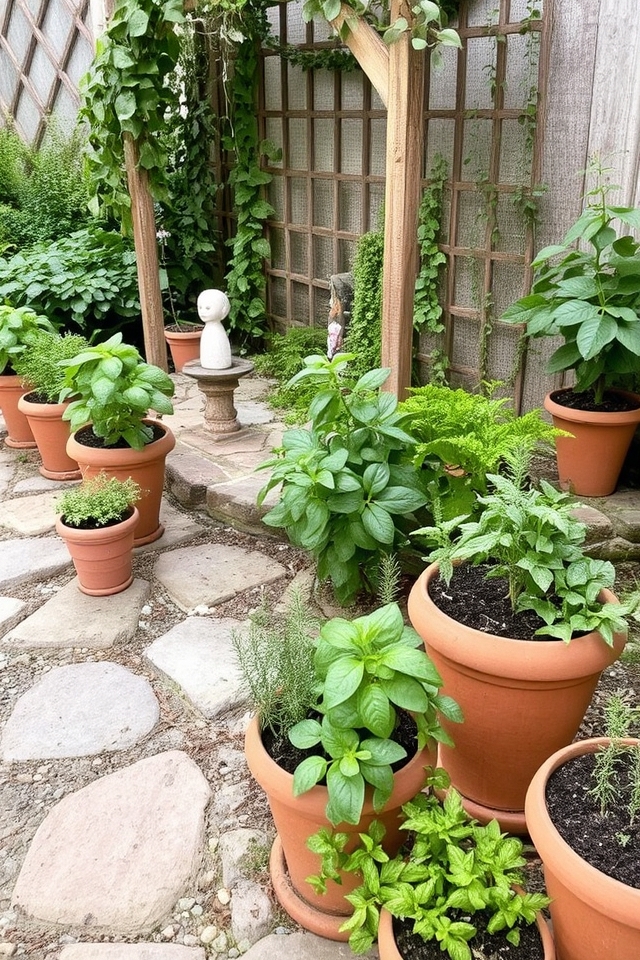
Herb gardens bring a touch of sophistication to vegetable gardens, featuring aromatic plants like basil, rosemary, and thyme. These gardens often include decorative planters, trellises, and pathways, creating a beautiful and practical space. The diverse textures and colors within herb gardens add depth and visual interest to the garden’s overall look.
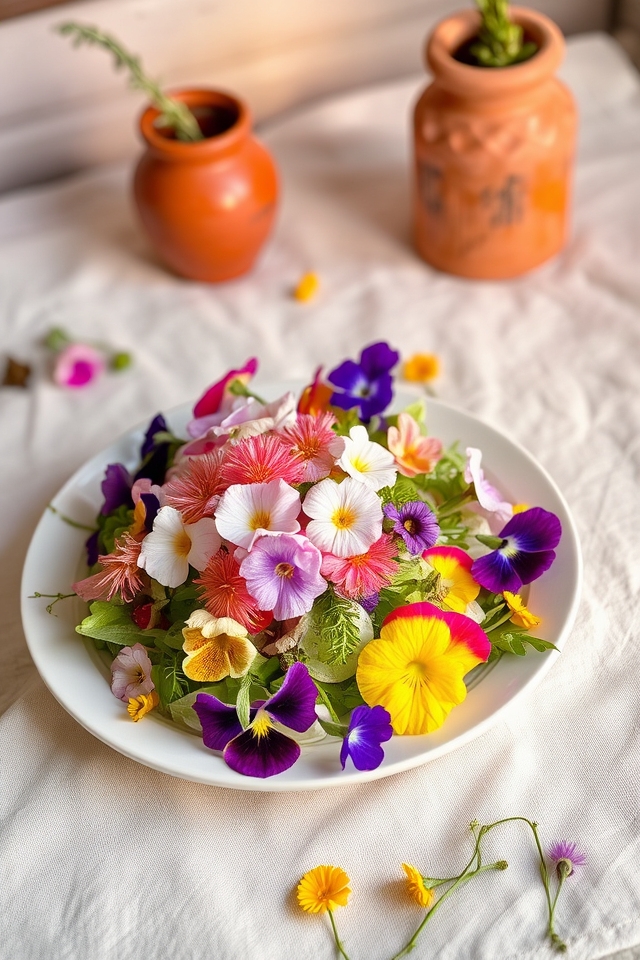
Edible flowers infuse color and charm into vegetable gardens. Popular choices include nasturtiums, violas, and pansies, with petals used in salads, as decorations, or in baked goods. They attract pollinators and can serve as companion plants to deter pests, fostering a balanced garden ecosystem. Their delicate beauty elevates the overall aesthetic of the vegetable garden.
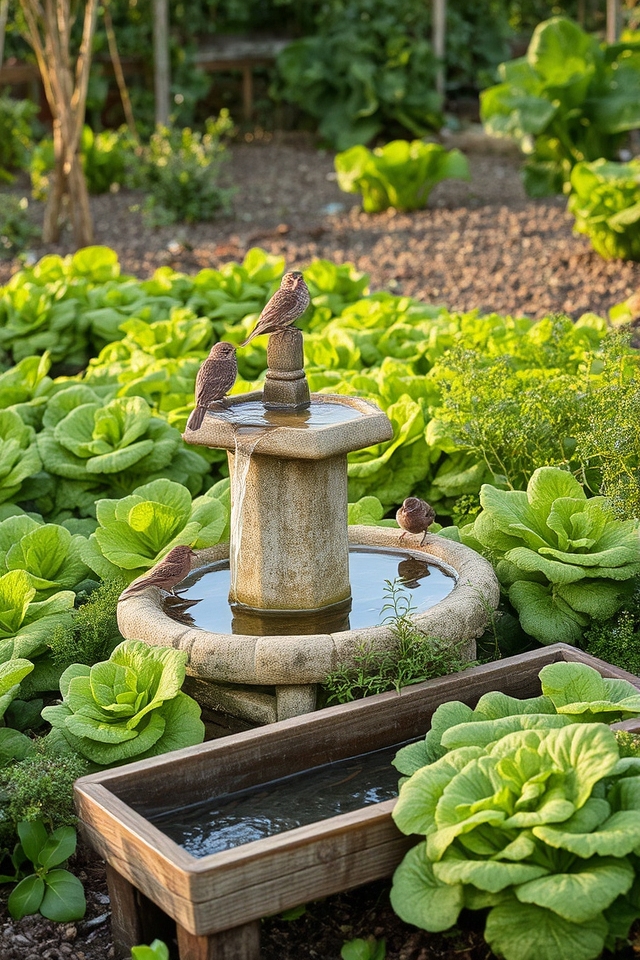
Garden fountains bring a calming atmosphere to vegetable gardens, creating a peaceful setting. The soft sound of flowing water can drown out background noise and attract birds, which are beneficial for pest control. When strategically placed, fountains can also aid in irrigation, making them a functional and visually pleasing addition.

Brick patio designs add a refined touch to vegetable gardens, offering a practical and visually appealing area. Timeless patterns like herringbone or running bond provide a lovely setting for outdoor seating and garden decorations, while also defining different zones within the garden. This combination of aesthetics and utility enhances the overall design.
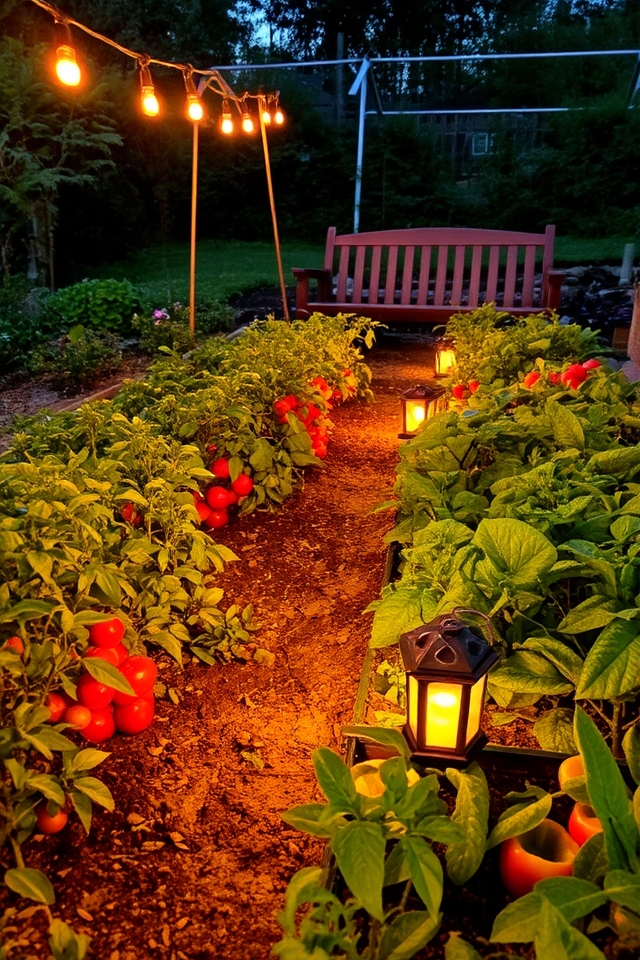
Outdoor lighting elevates the ambiance of a vegetable garden, emphasizing its beauty and functionality. Gentle, warm lights can highlight the vibrant colors of the vegetables and plants, creating a welcoming atmosphere in the evening. Carefully positioned lights can also illuminate pathways, making garden navigation easier at night. Solar-powered lights are a favored, environmentally friendly choice.
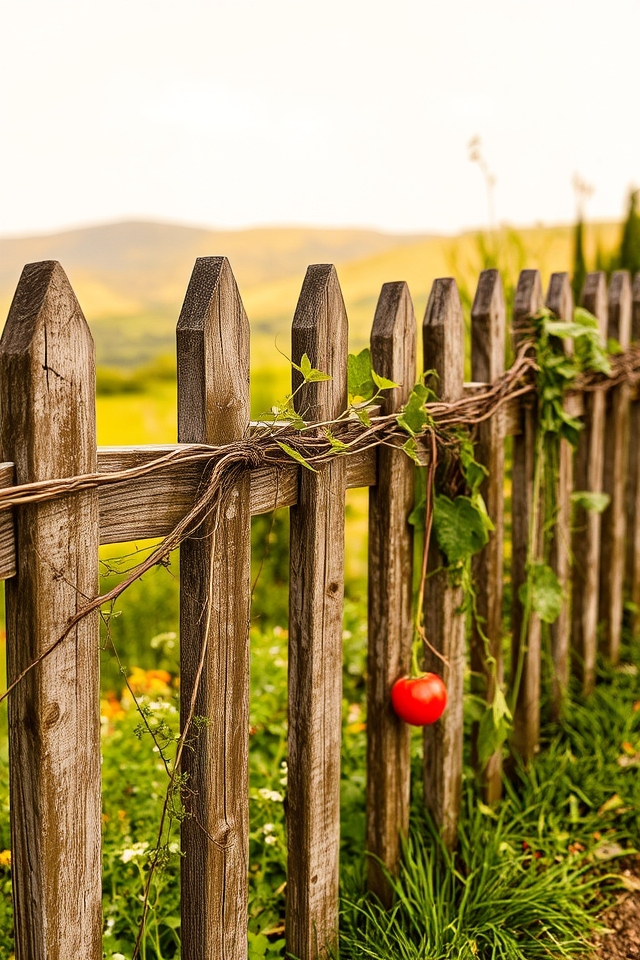
Rustic fence ideas impart a charming, rural feel to vegetable gardens. Aged wood, stone, and brick are common materials, often combined with climbing vines or wildflowers. Simple, DIY designs like split-rail or picket fences also contribute to the rustic charm, blending seamlessly with the garden’s natural beauty and creating a comfortable, inviting atmosphere.
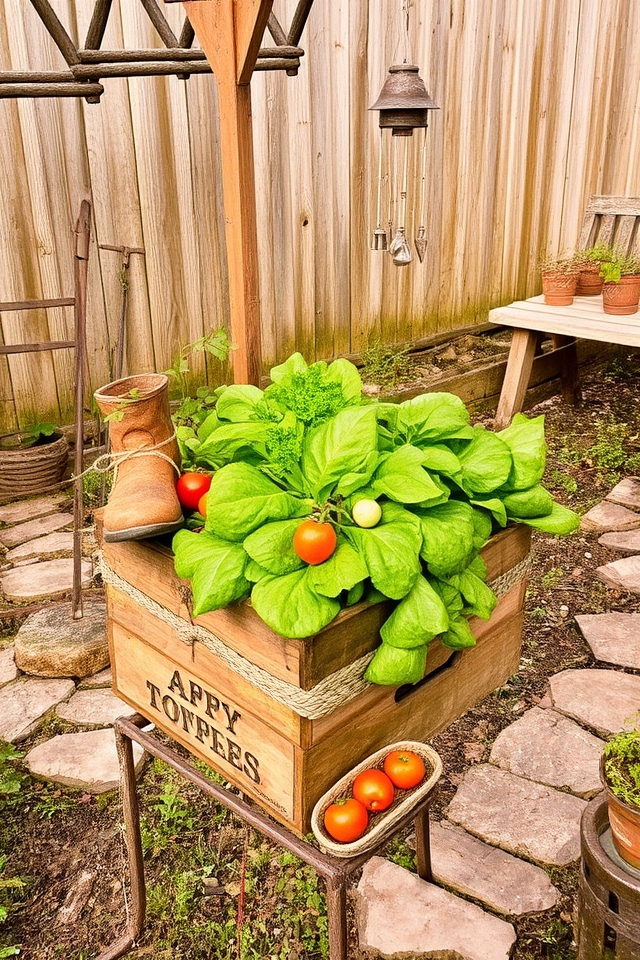
DIY garden decor adds a personal flair to vegetable gardens. Upcycled items like old boots, wooden crates, and antique tools become unique planters and decorations. Handmade garden markers, stepping stones, and wind chimes also enhance the aesthetic, reflecting the gardener’s personality and style, and merging functionality with visual appeal.
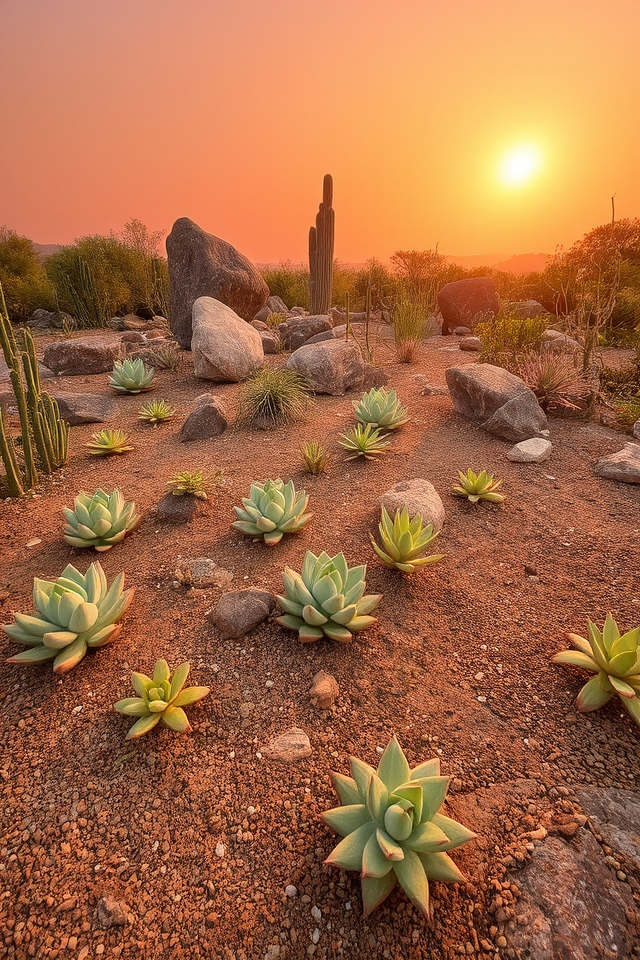
Succulent gardens display a distinctive combination of textures and forms, often featuring a subtle color scheme. These easy-care plants flourish in well-draining soil and ample sunlight, making them perfect for arid environments. Strategically arranged rocks and gravel add visual interest, creating a striking and water-conserving landscape. Succulents are available in many varieties.

Wildlife friendly gardens include indigenous plants, flowers, and features that attract helpful insects, birds, and small animals, creating a diverse ecosystem. This approach enhances the garden’s beauty while supporting local wildlife, promoting environmental harmony, and fostering a sense of connection with nature. Native vegetation and water sources are essential components.
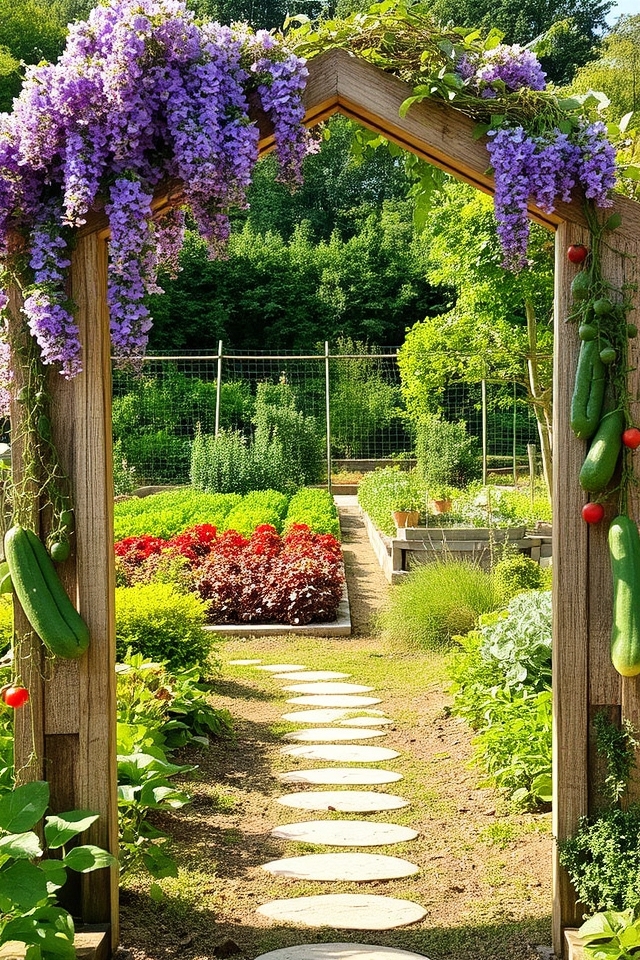
Garden arches bring a touch of elegance to vegetable gardens, providing a beautiful structure for climbing plants like peas, beans, and cucumbers. They can be constructed from various materials, including wood, metal, or vinyl, and can be decorated with flowers, vines, or other decorative elements to enhance their visual appeal.
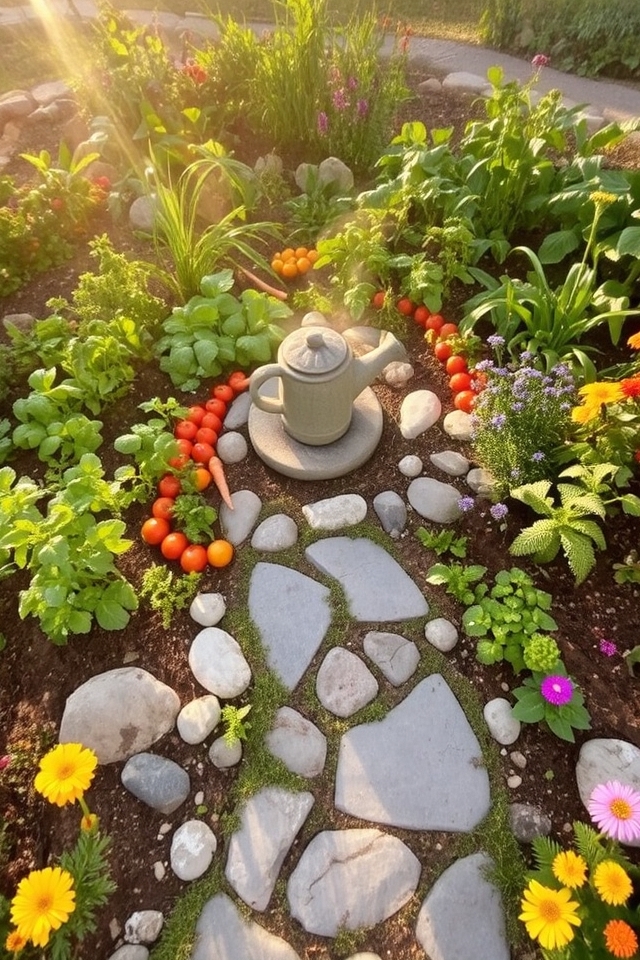
Spiral gardening is a distinctive and visually engaging method. Plants are arranged in a spiral formation, often around a central point, creating a beautiful and functional design. This style allows for efficient space utilization and can add an artistic element to any vegetable garden, making it a popular choice for gardeners seeking aesthetic appeal.
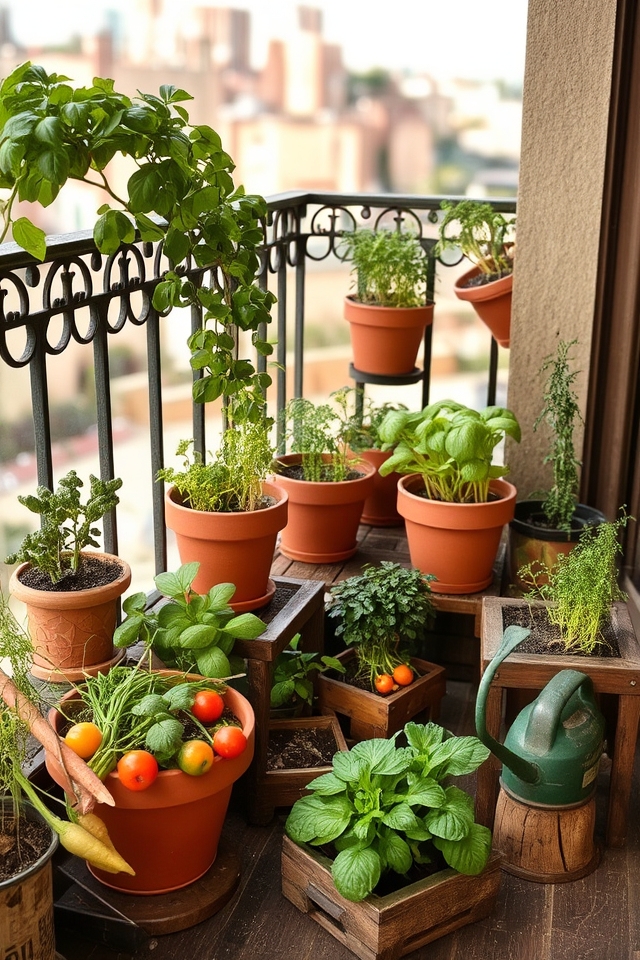
Container gardening offers flexibility and creativity in vegetable garden design. It allows for growing plants in limited areas, such as balconies or patios, and adds visual charm with decorative pots and planters. This method also provides greater control over soil quality and moisture levels, making it suitable for a wide range of vegetables and herbs.
You’ve woven together a rich tapestry of a vegetable garden, integrating design features like raised beds and trellis systems. Your garden is a harmonious composition, where each element plays a vital role in creating a delightful aesthetic, much like a chef combines ingredients to create a culinary masterpiece.

Don't let aphids, slugs, and caterpillars ruin another plant. Take back control with simple, natural methods that actually work.